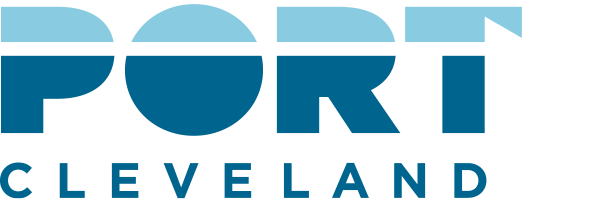Recreational Boating
The Great Lakes & Cuyahoga River
Boating on the Great Lakes is big business.
According to U.S. Coast Guard data, there are 4.3 million boats registered in the eight Great Lakes states. For the first time, this report documents the real economic impact of recreational boating in the Great Lakes region.
In 1999, Congress authorized a study of the economic breadth of recreational boating in the Great Lakes states. The purpose of the study was to identify the economic benefits of federally authorized recreational harbors for comparison to the cost of maintaining them, which primarily involves dredging. Congress directed the U.S. Army Corps of Engineers, which partnered with the Great Lakes Commission, to carry out the study. Michigan State University’s Recreational Marine Research Center was brought in to help with the research.
The study showed that the Great Lakes states are a recreational boating powerhouse, with nearly one third of all registered boats in the United States. Spending on boats and boating activities in the Great Lakes states totaled nearly $16 billion in 2003, directly supporting 107,000 jobs. With secondary effects figured in, that number grew to 244,000 jobs, with economic impacts of $19 billion in sales, $6.4 billion in personal income and, $9.2 billion in value added.
Beneficiaries of this activity included manufacturers, retailers, marinas, restaurants, lodging accommodations, charter operators and other businesses largely concentrated near docking facilities. Recreational harbors also support other functions such as hosting Coast Guard stations and serving as harbors of refuge for vessels in distress.
In addition, recreational harbors are a key element in restoring former waterfront industrial areas, providing a key anchor for new, upscale developments along the Great Lakes.
